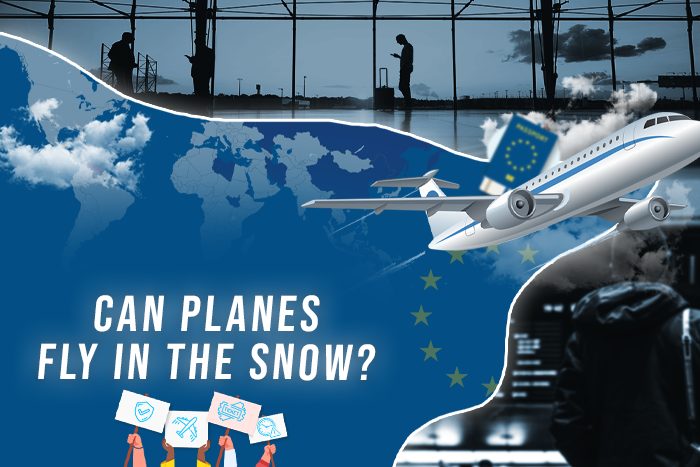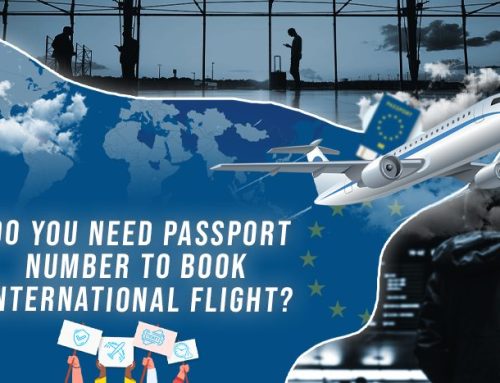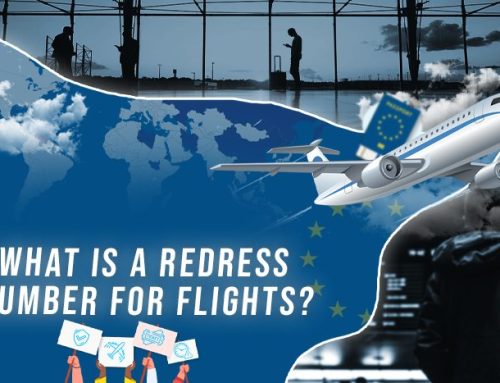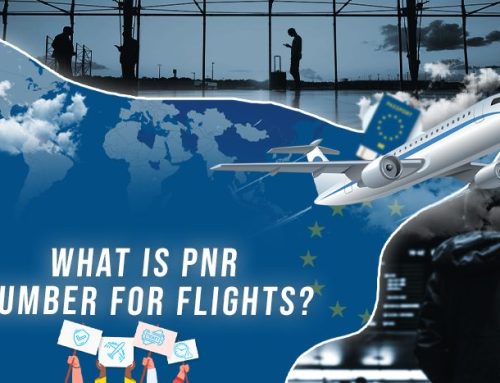If it’s started to snow and your flight is supposed to take off soon, don’t panic yet. Planes can fly perfectly fine in the snow, as long as there isn’t pesky ice clogging up the runway.
If you’re wondering if your plane can fly in the snow, the answer is it depends. Large passenger planes have no problem flying in the snow, while smaller planes may not be able to handle the same conditions. Consider the type of flight you’re taking before worrying if the plane can take off safely, and adjust your plans accordingly.
Flights that are canceled or delayed may be eligible for compensation, so you’ll want to carefully read the terms and conditions to be best equipped if you need to speak with an agent.
Key Takeaways
- Planes can fly in the snow as long as safety conditions are met, such as deicing the plane and clearing the runway of ice.
- Larger planes are better equipped to handle snow than smaller planes, and flights may be canceled or delayed if weather conditions are deemed unsafe.
- Passengers may be eligible for compensation if their flight is delayed or canceled due to snow or other weather conditions, and it’s important to read the terms and conditions to understand what compensation they may be entitled to.
How Can Planes Fly in the Snow?
In-flight technology has made flying a mostly automated process, but that doesn’t mean that a pilot gets to kick back and relax during the flight. Planes typically fly at altitudes between 30,000 feet and 41,000 feet, depending on the type of plane. It gets incredibly cold up there, with temperatures dropping as low as -76 degrees F (-60 degrees C), making it possible for snow.
However, planes can typically avoid the snow while in flight by adjusting the altitude to cruise above the worst weather conditions, especially if it’s heavy snow. If they don’t, snowfall can cause a decrease in visibility, which could lead to navigational issues. Heavy snow also impacts a plane’s ability to take off and land.
Ice often comes with heavy snow, so until a plane has been deiced and the runway cleared from ice, it cannot take off. When a plane is landing in heavy snow, the runway must be deiced to prevent sliding. Increased safety precautions are taken while planes fly in heavy snow.
Light snow is less of a concern, as it doesn’t have the same serious side effects. Light snow should not delay your flight, though it should be cleared immediately to prevent ice from forming on the runway. The only exception is if you’re flying in a smaller plane. Smaller planes must be equipped with deicing technology to fly in the snow safely.
What Causes Snow-related Delays Or Cancellations?
Safety is of the utmost concern to airlines, so if the pilots cannot see or do not anticipate being able to land or take off safely, you will see issues with your flight. Low visibility, high winds, and ice can also cause issues with flying in the snow.
Certain criteria must be met to cancel or delay a flight, including the amount of snowfall during a set period, if the destination has poor weather conditions, other flight cancellations, and more. Flights will err on the side of caution, so while it is possible to fly in the snow, your pilot may not want to risk it.
What Happens If My Flight Is Delayed Or Cancelled Due To The Snow?
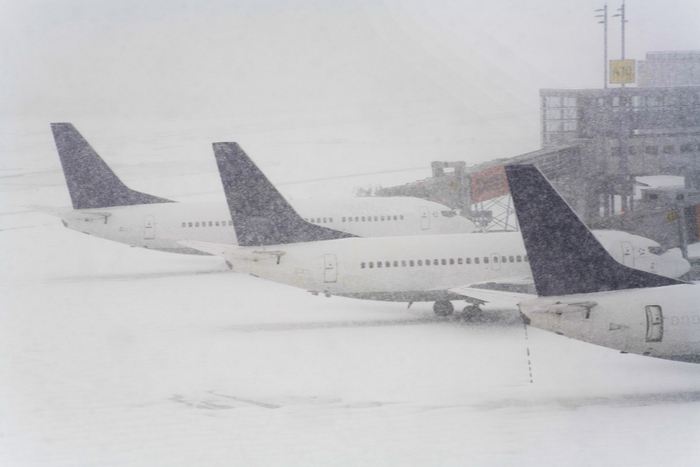
While planes can fly in the snow, sometimes flights are canceled or delayed due to unsafe weather conditions. If this is the case, you may be eligible to receive compensation thanks to the EC Regulation 261/2004.
Depending on the airline and the circumstances, you could receive up to $700 (€600) per passenger if your flight is delayed more than three hours, canceled, or overbooked. This refund can include different legs of your flight if your delay causes you to miss a connecting flight. Before booking, be sure to read the terms and conditions to see what compensation you may be entitled to. While any delay or cancellation can be frustrating, the compensation helps soften the blow.
Frequently Asked Questions
-
Can planes fly in heavy snow?
Planes can fly in heavy snow, but the runway must be cleared of ice before takeoff, and pilots may avoid flying through heavy snow during flight.
-
Can smaller planes fly in the snow?
Smaller planes must be equipped with deicing technology to fly in the snow safely, as they may not be able to handle heavy snow like larger planes.
-
What causes snow-related flight delays or cancellations?
Snow-related flight delays or cancellations can be caused by low visibility, high winds, and ice, as these conditions can make it unsafe for planes to land or take off.
-
Can I receive compensation for a flight delayed or canceled due to snow?
Depending on the airline and the circumstances, you may be eligible to receive compensation up to $700 (€600) per passenger if your flight is delayed more than three hours, canceled, or overbooked due to snow or other weather conditions.
-
Should I worry if my flight is scheduled during snowfall?
If your flight is scheduled during snowfall, don’t panic. Planes can fly in the snow as long as safety conditions are met, and airlines prioritize safety when making flight decisions during inclement weather.
